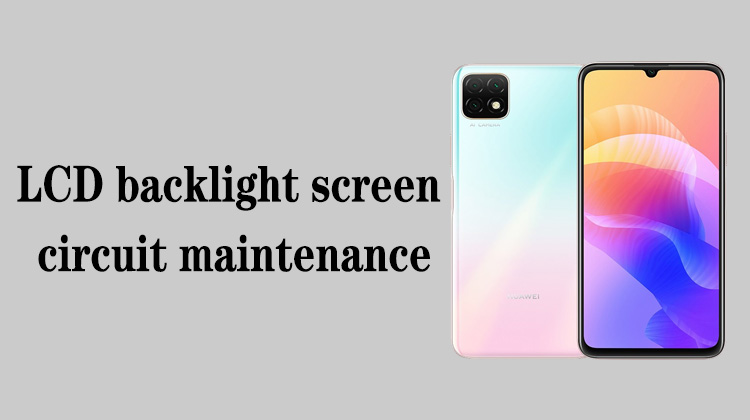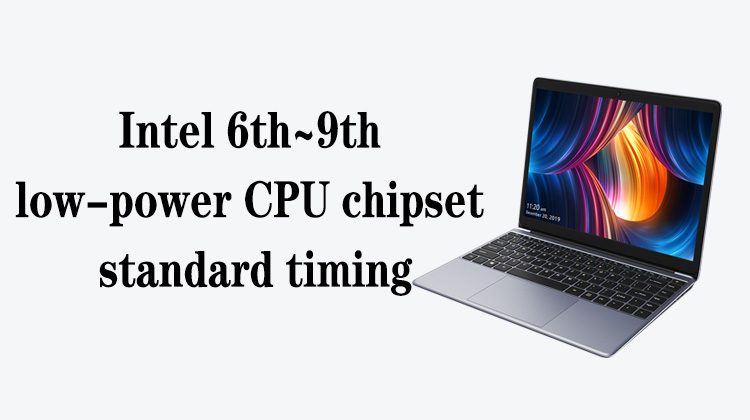1
00:00:00,333 --> 00:00:03,900
Hello everyone, today we will learn about the types of oscilloscopes
2
00:00:05,833 --> 00:00:11,100
The oscilloscopes can be divided into analog oscilloscopes and digital oscilloscopes
3
00:00:13,866 --> 00:00:16,866
First let's look at an analog oscilloscope
4
00:00:17,300 --> 00:00:21,733
The earliest analog oscilloscopes appeared in the early 20th century,
5
00:00:23,200 --> 00:00:26,500
with only a few megabits of bandwidth at that time
6
00:00:26,833 --> 00:00:31,400
That is, the oscilloscope with CRT display that we saw in the early years,
7
00:00:31,833 --> 00:00:33,866
the principle is relatively simple
8
00:00:35,233 --> 00:00:39,966
When the digital oscilloscope was just launched, many engineers did not trust them,
9
00:00:40,366 --> 00:00:44,133
because they thought that the analog oscilloscope was a real-time oscilloscope,
10
00:00:44,400 --> 00:00:46,833
but the digital oscilloscope was not real-time
11
00:00:47,733 --> 00:00:48,833
Such is the case
12
00:00:49,300 --> 00:00:53,400
Because the digital oscilloscope needs to collect a piece of data into the cache first,
13
00:00:54,966 --> 00:00:59,300
and the subsequent processor will read the data in the cache for analysis and measurement,
14
00:00:59,933 --> 00:01:01,066
and then display
15
00:01:06,733 --> 00:01:11,566
The data processing time is much longer than the time for the oscilloscope to acquire the waveform
16
00:01:12,266 --> 00:01:15,000
In other words, most of the waveforms are missed,
17
00:01:15,866 --> 00:01:18,266
and we call this missing part the dead time
18
00:01:19,533 --> 00:01:22,900
In the case of sufficient bandwidth of the analog oscilloscope,
19
00:01:23,733 --> 00:01:26,300
it can display the change of voltage in real time
20
00:01:27,766 --> 00:01:32,433
Therefore, the advantages of analog oscilloscopes are good real-time performance,
21
00:01:32,733 --> 00:01:35,233
simple principle, and low price
22
00:01:35,933 --> 00:01:40,366
Its disadvantage is limited bandwidth, which is also its fatal flaw
23
00:01:44,133 --> 00:01:47,100
The second is that it cannot be stored and analyzed,
24
00:01:47,966 --> 00:01:52,133
it has no storage function, and many old engineers are very clear
25
00:01:56,233 --> 00:02:01,000
Save the waveform with an analog oscilloscope, you must take a camera to take pictures
26
00:02:04,500 --> 00:02:08,100
The trigger ability is too weak, which is the third shortcoming
27
00:02:10,166 --> 00:02:14,066
Unstable performance because it uses a lot of analog components
28
00:02:14,666 --> 00:02:18,533
After a long time, these components are not up to standard
29
00:02:18,866 --> 00:02:21,866
These are the disadvantages of analog oscilloscopes
30
00:02:22,766 --> 00:02:24,766
Let's look at the digital oscilloscope
31
00:02:25,000 --> 00:02:27,933
The development of digital oscilloscope is very fast
32
00:02:29,300 --> 00:02:33,600
Beginning in the 1980s, digital oscilloscopes came to prominence
33
00:02:34,366 --> 00:02:40,533
Especially with the development of high-speed digital and analog control chips and digital processing technology,
34
00:02:42,200 --> 00:02:46,766
the bandwidth, triggering, analysis and display of digital oscilloscopes
35
00:02:46,766 --> 00:02:49,666
have surpassed those of analog oscilloscopes
36
00:02:51,466 --> 00:02:55,933
So now the oscilloscopes on the market are basically all digital oscilloscopes
37
00:03:00,166 --> 00:03:03,333
It should be emphasized here that it still has a dead time,
38
00:03:03,766 --> 00:03:07,700
which depends on the processing and display speed of the digital oscilloscope
39
00:03:08,600 --> 00:03:12,066
Although real-time processing is still not possible at present,
40
00:03:13,266 --> 00:03:16,833
the faster the processing speed, the less lost waveforms
41
00:03:17,800 --> 00:03:22,833
There is a performance indicator in this regard, we call it the refresh rate of the waveforms
42
00:03:23,466 --> 00:03:29,433
Therefore, the advantages of digital oscilloscopes are the disadvantages of analog oscilloscopes
43
00:03:30,533 --> 00:03:35,366
The digital oscilloscope just makes up for the four shortcomings of the analog oscilloscope






